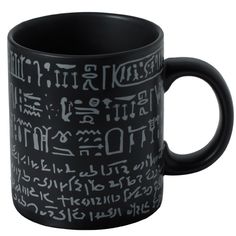We need our own Rosetta Stone to transmit our civilization to the future
We need our own Rosetta Stone to transmit our civilization to those who come after us, as Grayson Clary discusses in his thought-provoking Aeon piece.
This is not about physical challenges. It’s easier to create exceptionally durable records than one might imagine.
Mr Clary relays suggestions from Anders Sandberg, a research fellow at the Future of Humanity Institute at the University of Oxford: write the information into DNA, engrave it on glass or sapphire at the nano-scale, store it in a ‘million-year’ tungsten and silicon nitride hard-drive. The moon would be a good place to station an archive.
So the physical aspect is less of a problem than what to say. The point is to allow for retrieval – and comprehension – and we cannot simply prepare a Rosetta Stone that would be aimed at a technologically mature civilization.
Mr Clary quotes Future of Humanity Institute director, Nick Bostrom discussing the very different “kind of challenge to preserve information in a form that would be helpful to a primitive civilisation that needs simple clues to help it back up to our current level.”
In other words, if those who come after us are as advanced as we are – and consider how advanced we are that we know about honeybee dances and ant pheromone trails – they will be able to read anything we put on our Rosetta Stone.
But if they aren’t as advanced, how do you convey what you want to say and be understood?
(Tomorrow: Our notes to tomorrow’s world: the 10,000-year clock & Rosetta Disk)


